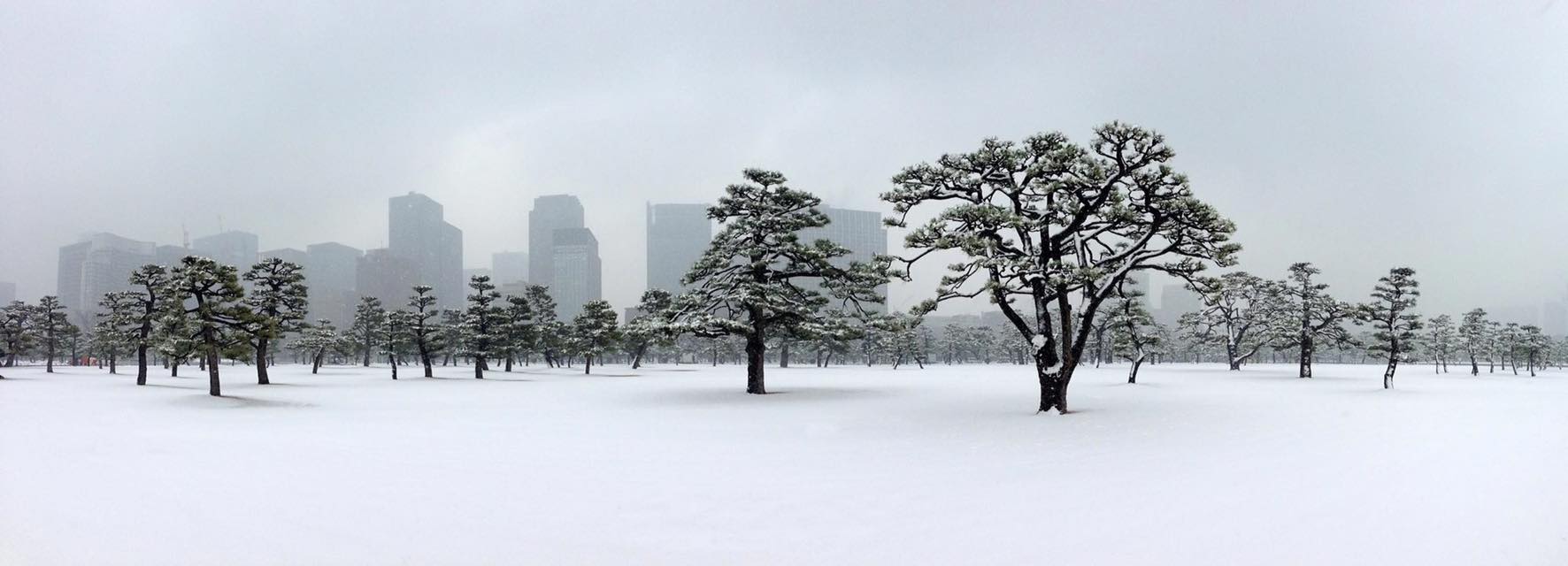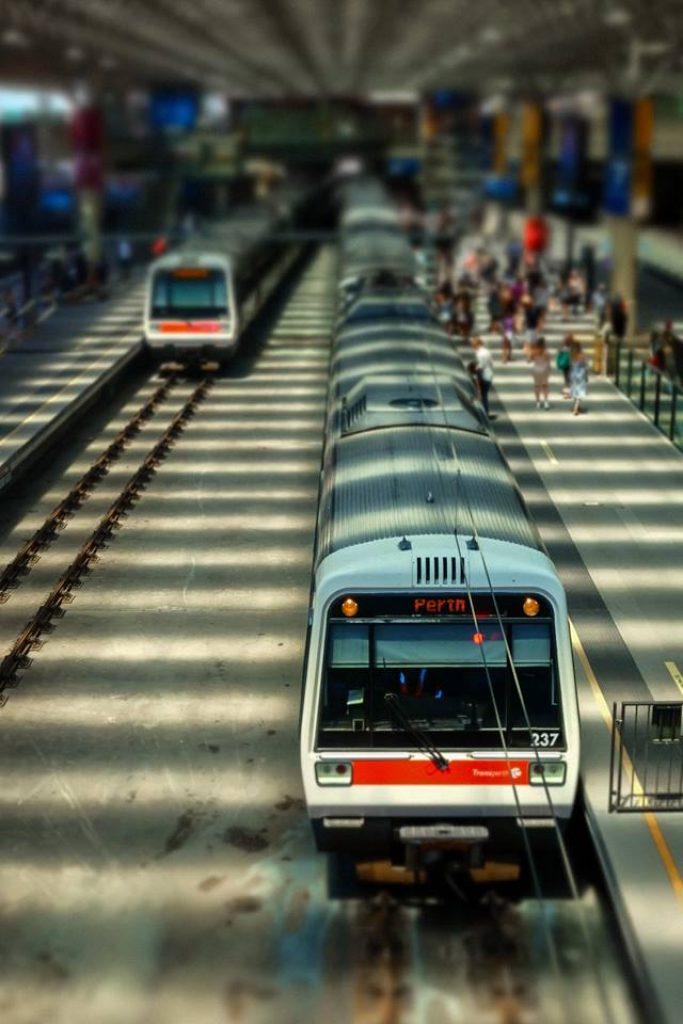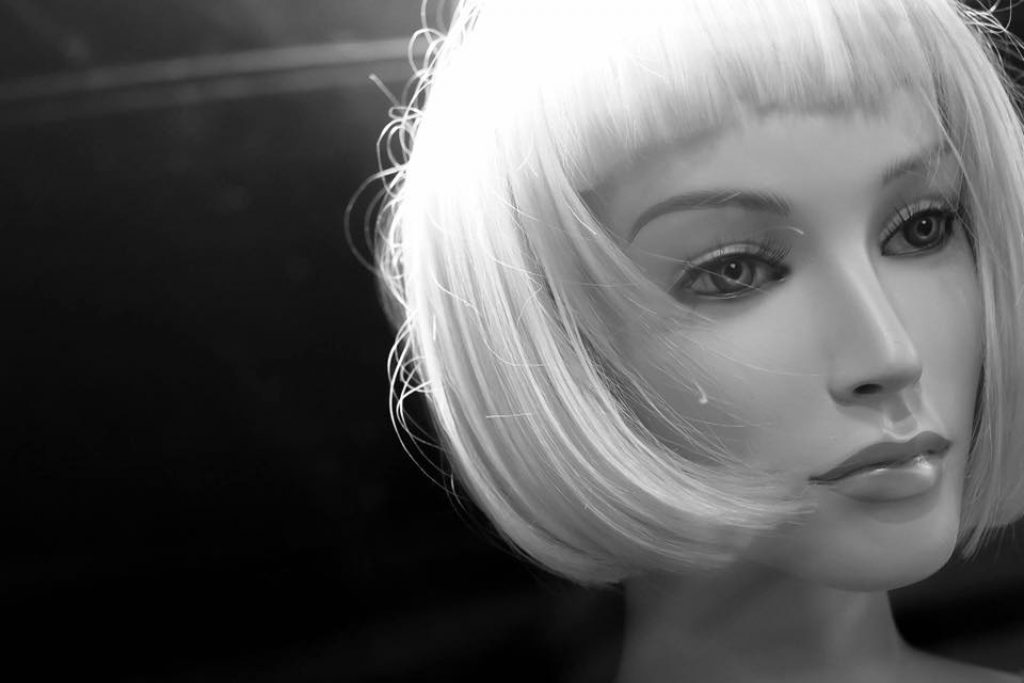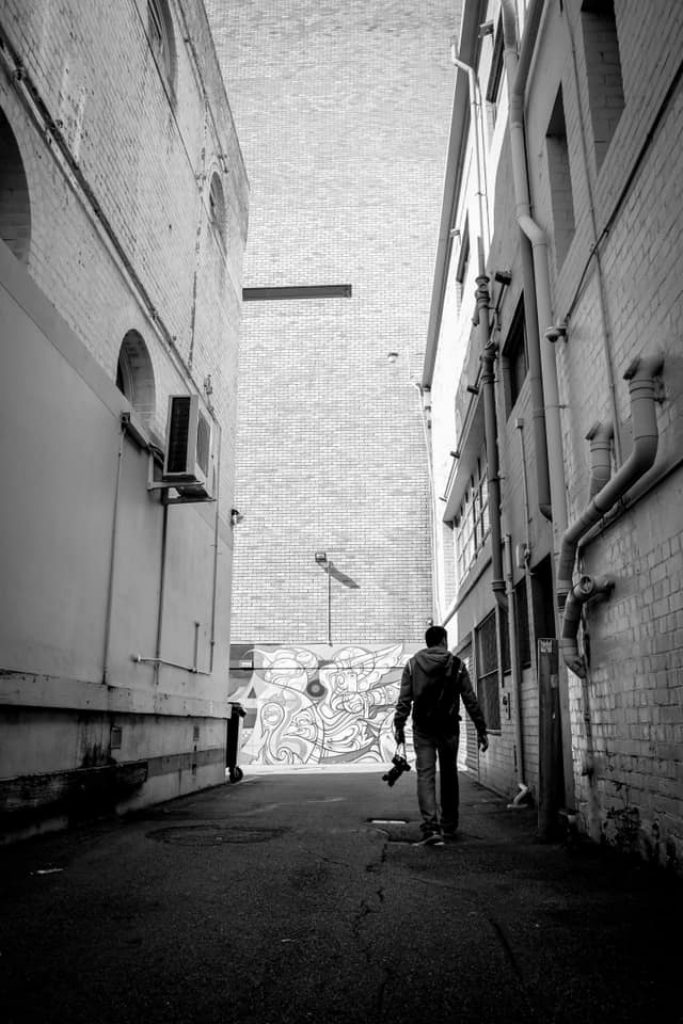
I used to have a very expensive Canon and a stonkingly beautiful EF 200mm f/2.8l zoom lens. I took it to Tokyo for a week and took the photo shown above, a snowy panoramic landscape of the Imperial Gardens, Chiyoda, Tokyo.
I have the photo printed out 1.5m wide on my lounge room wall, and it’s one of my personal favourite photos of all time.
The thing is, I took the above photo on an iPhone. It wasn’t even a good iPhone, it was an old 5s.
I returned to Australia with a total of zero photos on the Canon. It stayed in my luggage in the hotel for the whole week. The reason was simple – I wanted to explore Tokyo, and I didn’t want to be hindered by a big bulky camera.
Into the realms of Compacts – Sony RX100
I did a bit of scouting around, and being limited on budget bought a second hand Sony Cybershot DSC-RX100 Mk ii costing me a mere 250 bucks. For what is essentially a point and shoot camera it was packed with features, 20.2 megapixels (which was a lot), and even shot RAW. Having sold the Canon it also meant I was quids in ($$$).
It also made photography fun again. And easy. The lack of zoom and depth of field was a compromise, but there were a plethora of benefits. One of those benefits was I couldn’t waste money buying a multitude of lenses (and yes, that really is a benefit!).
The RX100 had something the Canon didn’t. You may laugh, but it had a range of picture effects which I had a lot of fun using. If you think picture effects are stupid, which you will do if you’re a pro photographer, then this was taken using the Toy Mode:

I posted the photo on a Perth photography group, and many were amazed at how well I’d nailed “tilt shift”. I didn’t have the heart to tell them there was no cunning trickery involved, merely an in-built effect.
Next steps – The Fujifilm X100
I progressed from the Sony because I wanted something more “professional”. I also found the Sony hard to master, and a crux point for me was the screen was really hard to see in strong sunlight.
The retro look of the Fuji X100 really appealed to me, and a little research showed many photographers were raving about it. Second hand once again, I bought a Fuji X100S.
The camera taught me more about photography than the Canon ever did. Most importantly, it taught me composition.
One of my early ventures with the X100 was with a local photography group. The fixed lens of the Fuji forced me to consider composition. I had to move around, forwards, backwards, crouch down, and consider angles. I noticed how other photographers tended to stand in one spot and zoom in and out. The nature of zoom lenses make laziness easy, and will likely mean you miss the perfect shot. For me, having to physically move around opened up a whole new world. I found myself trying different things, different angles, different compositions, even lying flat in the grass trying to find a crazy and interesting perspective.

Another thing I loved about the X100 was the film simulation modes. The black and white is beautiful, and the classic chrome really adds quality straight out of the camera. You don’t get that with a Canon.
Where I am now – Ricoh GR iii
I still have the Fuji X100 (actually I’ve upgraded to the X100T). It remains one of my favourite cameras and probably always will, but my current camera of preference is the Ricoh GR iii.
I bought the Ricoh for a number of reasons – (1) it’s considered one of the best cameras for street photography, it’s (2) really small, and (3) has excellent (and somewhat dramatic) black and white. It’s also really cool being around other photographers Canon and Nikon wh*res and having a camera they’ve probably never heard about.
The Ricoh taught me even more about photography than the X100. The high contrast black and white made me thing about light, and especially shadows. I became very inspired my YouTube photography/philosopher Sean Tucker, who is well worth following if you haven’t already.

The best thing about the Ricoh GR iii is I can take it wherever I go. It’s so small I can stick it in a pocket and forget it’s there. I can take it to events, on jaunts, even to the supermarket if I want to. It simply isn’t an inconvenience, and who knows what unusual photo opportunities might arise in Woolies?
Why I won’t return to DSLRs
Don’t get me wrong, as there are many reasons to use a DSLR, especially if you work in a professional capacity or enjoy the kinds of photography where perfection matters. You won’t get very far in real estate photography without a DLSR, as no compact will offer you a lens wide enough.
But for me, and what I care about, I’m happy to compromise what expensive bulky cameras offer for the sake of simplicity and convenience. In an age where an iPhone can take an amazing photograph, a compact can pretty much outshine most photographers with serious equipment if you know how to use it.
Most of my photos end up on Facebook or Instagram, so resolution isn’t a huge factor, but even with the Fuji and Ricoh I know I can print them out on a huge canvas if I so wished.
Lastly, if you’re cash strapped like I tend to be, compacts are also much cheaper!



